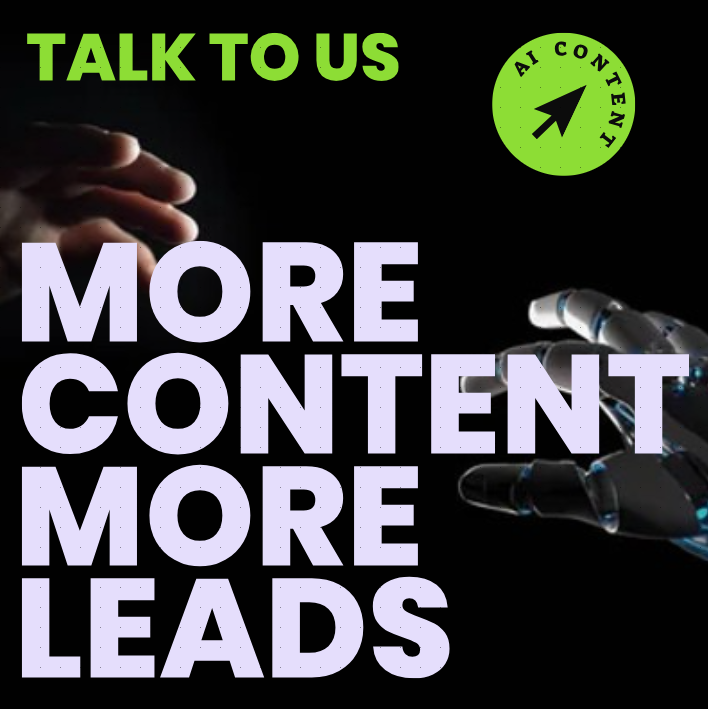Sem vs SEO: Unlocking Organic Search Potential for Your Business

Sem Vs SEO
Search engines are the main gateway for customers to the digital world. With more than 2 billion people using search engines daily, managing your search engine presence has become essential for any business looking to make an impact online.
This is why undersanding the difference between search engine marketing (SEM) and search engine optimization (SEO) is essential for business owners. With the right information, companies can use each one to their advantage and maximize their online visibility and returns.
Below, we will explore the basic differences between SEM and SEO before diving into how owners of a food service business can use the two to support their own growth.
What is SEM?
Search engine marketing (SEM) is a type of online advertising that focuses on improving a businesses ranking on search engine result pages (SERPs). It is referred to as paid search or pay-per-click (PPC) and can involve placing ads on sponsored links or other areas of the SERP.
SEM marketing strategies, such as Google Ads, can help a business stand out from its competitors in SERP?s and can lead to increased exposure, traffic, leads, and ultimately sales. Campaigns are monitored and managed continuously and can have a wide range of objectives from branding and sales to lead generation.
What is SEO?
Search engine optimization (SEO) is a set of strategies and optimizations applied to a businesses digital presence such as their website, blog, and social media profiles to boost their organic ranking in SERPs. SEO helps to make a business?s website more visible to search engine algorithms in terms of relevance and ranking, making them more likely to appear near the top of search results for a given query.
While results of SEO are often long-term and can take months to see the effect of implemented changes, successful SEO campaigns can lead to increased rankings on SERP?s, higher click-through rates, organic traffic growth from targeted buyers, and more.
Choose the Right Strategy for Your Restaurant or Food Service Business
Having a comprehensive digital marketing strategy for restaurant or food service businesses should include both SEM and SEO. By leveraging the benefits of both, you can help ensure maximum visibility across SERPs and optimize your online presence to reach your target customers and drive more leads and sales.
SEM can bring instant visibility and results, but proper planning is essential to making sure you do not waste time and money. Pay-per-click campaigns require regular monitoring and optimization to maximize the return on investment, and it?s important to have a budget for each one.
SEO requires patience and usually takes more time to show results, but it is a cost-effective way to boost your digital presence and organic traffic. To maximize the potential of your SEO efforts, develop a long-term SEO strategy and focus on building quality Content for your website and blog, optimizing your key pages with the right keyword combinations, and actively engaging with your target audience on social media.
The core message
Undersanding the differences between SEM and SEO is essential for any business, especially those in the hospitality and food service industries. While there are many elements to consider when optimizing your digital presence, leveraging both search engine marketing and optimization can help ensure maximum visibility of your website and online profiles, more organic leads, and more sales for your business
Bulk Content
ContentMassive, as the leading bulk SEO content solution, revolutionizes SEO performance through AI-driven content creation. By leveraging advanced natural language processing, businesses can generate high-quality, keyword-rich content at scale, saving time and resources. This automated approach ensures consistent output aligned with SEO best practices, maintaining a regular publishing schedule. ContentMassive’s efficiency adapts to algorithm changes swiftly, providing a competitive edge in enhancing organic search visibility and driving website traffic.








